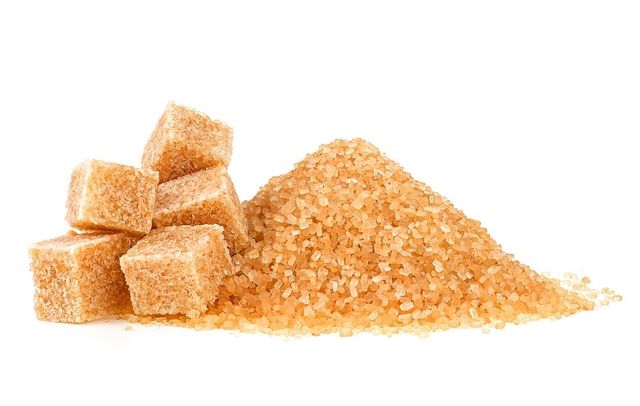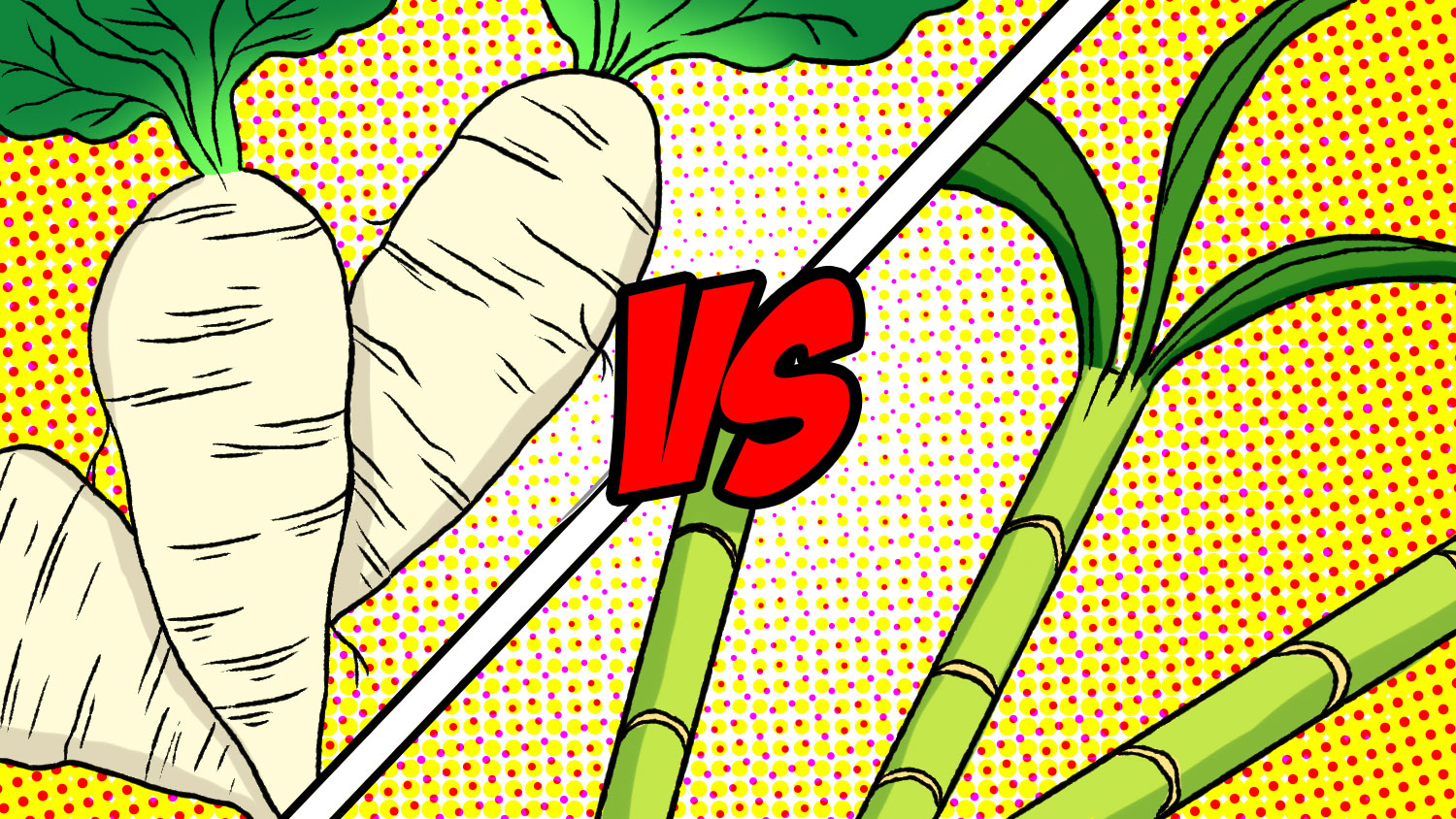Beet Sugar vs Cane: Which Sugar Source Is Better for Organic Products?
Discovering Beetroot Sugar Vs Cane: Nutritional Perks and Culinary Uses
The comparison between beetroot sugar and walking stick sugar expands past mere preference and structure, revealing intricate dietary accounts and culinary applications that warrant careful evaluation. While both sugars share a typical foundation in sucrose, their distinctive qualities can influence not just health and wellness factors to consider yet also the end results of various recipes. Understanding these distinctions can assist in making informed selections for both cooking preferences and nutritional demands. As we discover the subtleties of these 2 sugars, it becomes clear that the implications of their use are more profound than one could initially presume.
Introduction of Beetroot Sugar
Although both beetroot sugar and walking stick sugar offer comparable functions in cooking applications, beetroot sugar is acquired especially from the sugar beet plant (Beta vulgaris), an origin vegetable cultivated in warm environments. This process begins with the harvesting of sugar beetroots, which are after that cleaned, sliced, and subjected to removal methods to produce sugar-rich juice (beet sugar vs cane). The juice undergoes purification and formation, resulting in the granulated sugar generally utilized in homes and markets
Nutritionally, beet sugar is chemically identical to walking stick sugar, both largely consisting of sucrose. Beet sugar manufacturing often tends to have a reduced environmental effect, as sugar beets require much less water and can be expanded in diverse farming conditions. Additionally, the cultivation of sugar beetroots can add to plant turning techniques, improving dirt wellness.
Beet sugar typically consists of trace amounts of nutrients, including calcium and potassium, although these are negligible in common consumption. In cooking and baking, beetroot sugar performs equivalently to its cane equivalent, making it a functional sweetener. Its neutral taste profile allows it to be perfectly integrated right into various recipes without modifying the designated taste of the final product.
Summary of Walking Cane Sugar
Walking stick sugar, derived from the sugarcane plant (Saccharum officinarum), accounts for roughly 70% of worldwide sugar manufacturing. This functional sweetener is grown in tropical and subtropical areas, with significant producers including Brazil, India, and China. The extraction process entails squashing the sugarcane stalks to launch the juice, which is after that made clear, vaporized, and crystallized to generate raw cane sugar.
Walking stick sugar is characterized by its fine, white granules and is frequently located in both granulated and powdered forms. Its taste account is frequently explained as tidy and pleasant, making it appropriate for a wide variety of cooking applications, from cooking and cooking to sweetening beverages.
In addition to its cooking uses, cane sugar additionally acts as a preservative in jellies and jams, along with a fermentation agent in the production of liquors. The sugar is commonly refined right into various products, consisting of molasses, brown sugar, and fluid sugar, each offering special features that can improve various recipes. On the whole, walking cane sugar stays a staple active ingredient in kitchen areas around the globe, highlighting its significance in both cooking customs and modern gastronomy.
Nutritional Contrast
When comparing beetroot sugar and walking stick sugar, it is vital to examine their dietary profiles to recognize their impacts on health and wellness. Both sorts of sugar are mainly made up of sucrose, which is a disaccharide composed of sugar and fructose. This indicates that, in terms of calorie web content, they are almost identical, providing approximately 16 calories per tsp.
Nevertheless, there are subtle distinctions in their handling and mineral material. Beet sugar is click reference usually refined using bone char, which may not appropriate for vegetarians and vegans, while walking stick sugar can be much more straight fine-tuned. In regards to trace element, cane sugar may maintain slightly more calcium, potassium, and magnesium due to much less comprehensive processing, though these amounts are negligible contrasted to daily advised intakes.
Additionally, both sugars add to the exact same wellness risks when eaten in excessive amounts, such as obesity, type 2 diabetic issues, and oral issues. Eventually, the selection between beetroot and walking cane sugar might pivot extra on individual preference or nutritional constraints as opposed to significant differences in nutritional worth. Recognizing these subtleties can aid customers in making informed nutritional selections.

Culinary Use Beet Sugar
Beet sugar, a functional sweetener originated from sugar beets, locates numerous applications in cooking techniques - beet sugar vs cane. Its improved crystals liquify quickly, making it an excellent component for cooking, cooking, and beverage preparation. In the world of cooking, beetroot sugar adds to moisture retention and browning, improving the structure and flavor of cakes, cookies, and pastries
Additionally, its neutral taste account permits it to mix seamlessly right into different recipes without overpowering various other components, making it appropriate for both sweet and savory dishes. Beet sugar can additionally be utilized in dressings, sauces, and sauces, where it stabilizes level of acidity and improves the total preference.
In beverages, beet sugar is generally used to sweeten tea, coffee, and cocktails, giving a consistent sweet taste that complements varied flavor profiles (beet sugar vs cane). Additionally, it acts my explanation as a chemical in jams and jellies, making sure a secure product with boosted rack life
Culinary Utilizes of Walking Cane Sugar
Sweet taste is a basic facet of many cooking developments, and cane sugar plays an essential duty in accomplishing that equilibrium. Walking cane sugar boosts tastes in treats, giving the sweetness essential for cakes, cookies, and pastries.
In mouthwatering recipes, walking stick sugar can balance level of acidity and anger, enhancing the total flavor profile. It is typically used in sauces and sauces, where it aids to create an unified mix of wonderful, salty, and umami notes. Additionally, walking cane sugar is a key active ingredient click this in maintaining fruits, as it functions as an all-natural chemical, hindering microbial growth.
In drinks, walking stick sugar is frequently preferred for sweetening sodas, alcoholic drinks, and teas, enabling a clean, pure sweet taste. Its adaptability makes it a staple in both home cooking areas and specialist culinary setups, showcasing its importance in accomplishing cooking quality.
Verdict

The contrast between beetroot sugar and cane sugar prolongs past simple taste and texture, disclosing elaborate dietary profiles and culinary applications that warrant mindful examination.Although both beet sugar and walking cane sugar offer comparable functions in culinary applications, beetroot sugar is acquired particularly from the sugar beet plant (Beta vulgaris), an origin vegetable grown in warm environments. Beet sugar production tends to have a reduced ecological influence, as sugar beetroots need less water and can be expanded in diverse agricultural problems. The sugar is typically refined right into different items, including molasses, brownish sugar, and fluid sugar, each offering special characteristics that can improve various recipes.Beet sugar, a flexible sweetener obtained from sugar beets, discovers countless applications in cooking techniques.